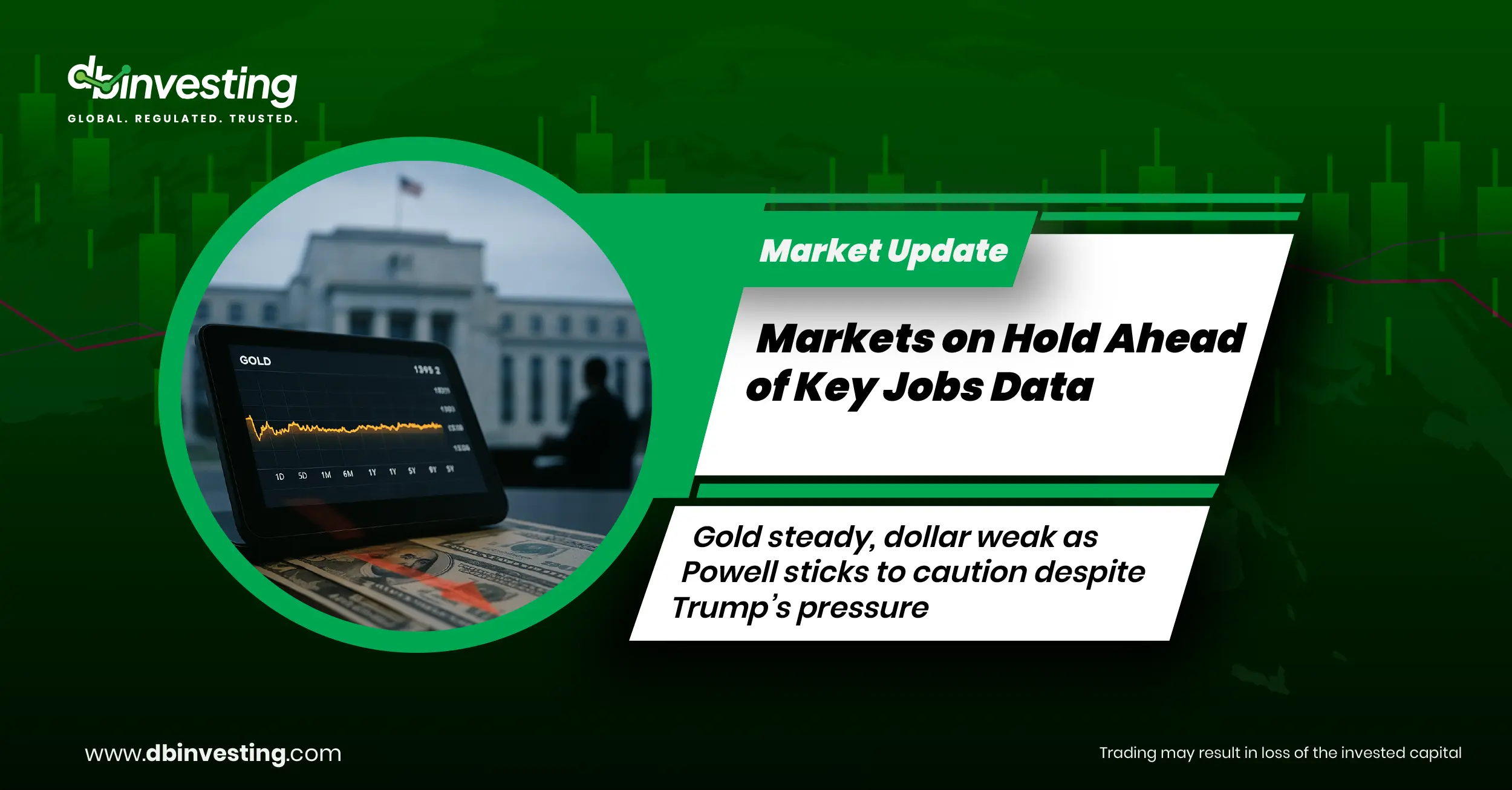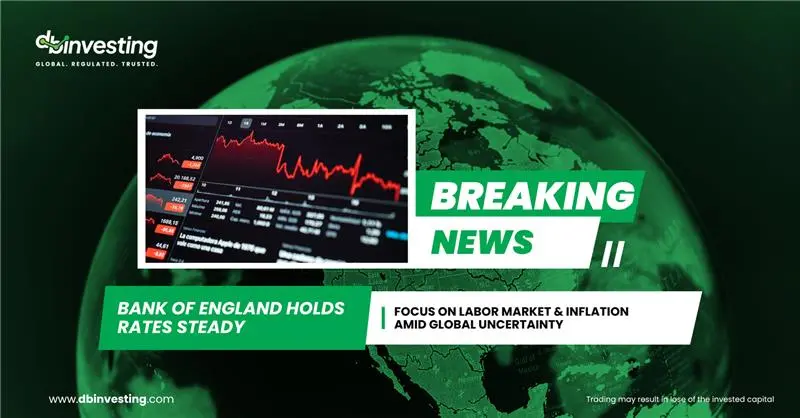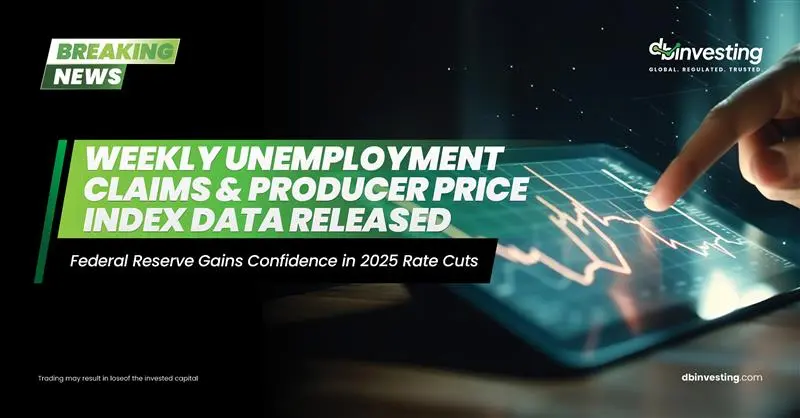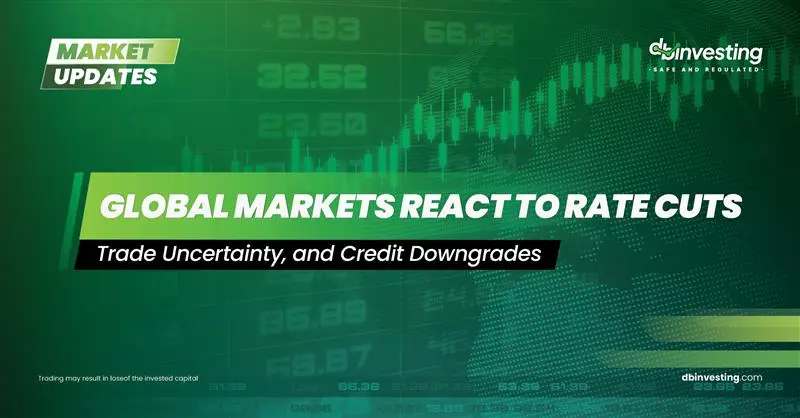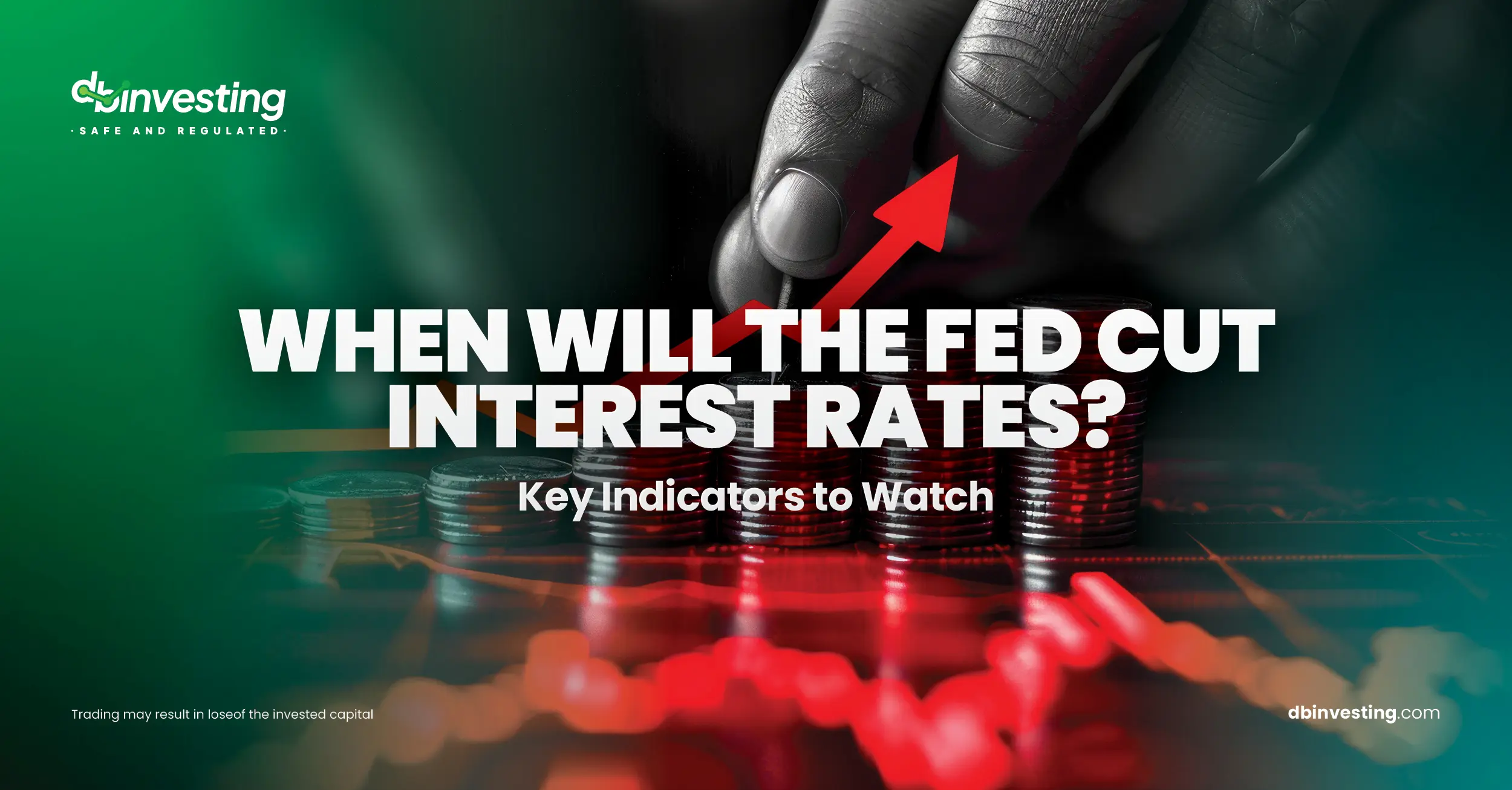Gold Steady Amid Investor Focus on Labor Data and Fed Policy
Gold prices stabilized on Wednesday as investors awaited the release of US employment data, while assessing Federal Reserve Chair Jerome Powell’s cautious stance on interest rate cuts. The weaker dollar supported the dollar-priced gold.
Powell reaffirmed that the Federal Reserve plans to “wait and learn more” about the impact of tariffs on inflation before deciding on rate cuts, once again ignoring President Donald Trump’s repeated calls for a quick and significant rate reduction.
Recent data showed that US job openings unexpectedly rose in May, while hiring slowed, indicating a cooling labor market amid the uncertainty caused by Trump’s imposed tariffs.
Investors now shift their attention to the upcoming private sector employment data later today, along with non-farm payroll figures and jobless claims on Thursday, to gather further insights into the health of the US labor market.
Political Scene:
Republicans in the US Senate narrowly passed President Trump’s tax and spending bill on Tuesday. The law includes tax cuts, reductions in social safety net programs, and increased military spending, adding $3.3 trillion to the US national debt.
Trump also expressed optimism about reaching a trade deal with India but remained skeptical about a similar agreement with Japan, stating he is not considering extending the July 9 deadline for countries to finalize trade deals.
Currency Movements:
The Japanese yen weakened in Asian markets on Wednesday against major and minor currencies, pulling back from a four-week high versus the US dollar. This decline came as a result of profit-taking.
The US dollar held above its three-year low, supported by the recent rise in US job openings in May, while investors await further key labor market data.
Expectations for a rate hike by the Bank of Japan in July decreased following the central bank’s recent meeting. Markets are awaiting more data on inflation, wages, and unemployment in Japan.
Currently, the probability of a 25-basis-point rate hike by the Bank of Japan in July remains below 40%. Investors are awaiting further economic data to reassess those odds.
European Market:
The euro fell in European markets on Wednesday against a basket of global currencies, pulling back from a four-year high against the US dollar, as profit-taking and market corrections took place.
The US dollar held steady above its three-year low, supported by the unexpected rise in job openings.
European inflation data released this week raised doubts about the European Central Bank’s ability to cut rates in July. Markets are closely monitoring ECB President Christine Lagarde’s speech later today at the Central Banks Forum in Sintra, Portugal.
Currently, the market is pricing a 30% probability of a 25-basis-point rate cut by the ECB in July.
US stock futures showed little change Tuesday evening after Wall Street closed mixed, with tech stocks leading losses. Trump’s tax bill was narrowly passed in the Senate.
This cautious market movement reflects investor hesitancy ahead of Trump’s July 9 tariff deadline, which could trigger renewed trade escalations.
Meanwhile, investors evaluated Powell’s new comments regarding interest rates, amid his growing public disagreement with Trump over the Fed’s resistance to a rapid rate cut.
Conclusion:
Investors remain highly focused on upcoming US labor data and global inflation figures, which are set to shape central bank policies and market direction in the coming weeks.
